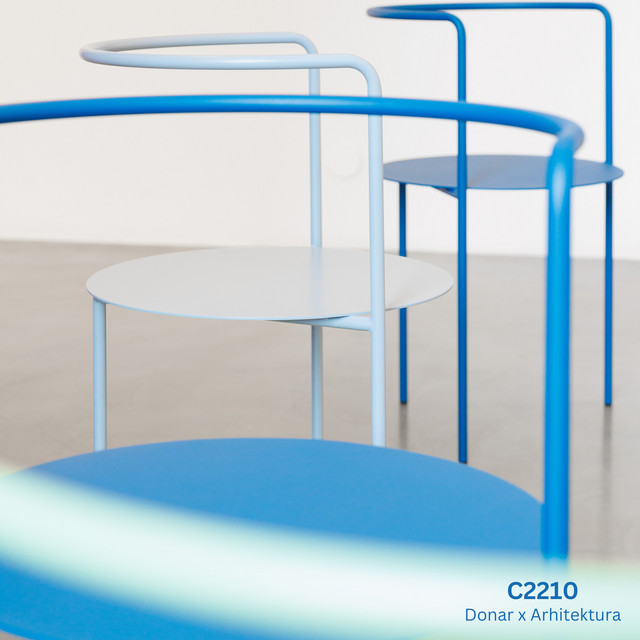Metal's Role in Sustainable Furniture: Strength, Style, and Sustainability
Metal has emerged as a key player in the realm of sustainable furniture, offering a unique combination of strength, style, and eco-consciousness. From frames to accents, metal elements bring durability and versatility to sustainable furniture designs. Let's delve into the importance and diverse applications of metal in the world of sustainable furniture.
Strength and Durability:
- Metal's inherent strength and durability make it an excellent choice for sustainable furniture.
- Longevity: Metal frames provide robust support and stability, ensuring that sustainable furniture withstands the test of time. By investing in metal-based pieces, you reduce the need for frequent replacements, minimizing waste and environmental impact.
- Weight-bearing capacity: Metal's structural integrity allows furniture to withstand heavy loads, making it suitable for various seating and storage solutions. This durability ensures that sustainable furniture remains functional and reliable throughout its lifespan.
Design Versatility:
- Metal offers unparalleled design versatility, contributing to the aesthetic appeal of sustainable furniture.
- Sleek and modern: Metal elements add a touch of sleekness and modernity to furniture designs. Whether it's the frame, legs, or decorative accents, metal infuses a contemporary aesthetic, elevating the overall style of sustainable furniture.
- Customization: Metal can be shaped and formed into intricate patterns and unique designs, allowing for customized furniture creations. This versatility enables artisans and designers to push the boundaries of creativity while maintaining sustainable practices.
Recyclability and Circular Economy:
- Metal's recyclability is a cornerstone of sustainable furniture production.
- Closed-loop system: The recyclability of metals like steel and aluminum enables a closed-loop system, where materials can be continuously repurposed without compromising their quality. Choosing furniture with metal components supports the principles of a circular economy by minimizing waste and reducing the extraction of virgin resources.
- Sustainable material sourcing: Many metal alloys used in sustainable furniture are derived from recycled content or sourced through responsible mining practices, further minimizing environmental impact.
Minimal Maintenance:
- Metal's low-maintenance characteristics contribute to the sustainability of furniture.
- Easy cleaning: Metal surfaces can be easily cleaned with simple, environmentally friendly methods, reducing the need for harsh chemical cleaners.
- Resilience: Metal's resistance to rust, moisture, and wear ensures that furniture maintains its appearance and functionality over time, requiring fewer repairs and replacements.
Complementary Material Combinations:
- Metal's compatibility with other sustainable materials enhances furniture design and performance.
- Upholstery and cushioning: Metal frames can be paired with cushions made from sustainable materials such as organic fabrics, natural latex, or recycled fibers. This combination provides comfort and aesthetic appeal while maintaining eco-friendly principles.
- Wood and other natural elements: Metal accents complement furniture crafted from responsibly sourced wood or other natural materials, creating visually striking and sustainable compositions.
In a nutshell:
Metal's crucial role in sustainable furniture cannot be overlooked. Its strength, durability, recyclability, and design versatility make it an essential component in eco-friendly seating, tables, and storage solutions. By embracing metal in sustainable furniture design, we can create long-lasting, stylish pieces that align with our environmental values. Let metal's strength and sustainability infuse your living spaces, transforming them into havens of conscious design and responsible living.

